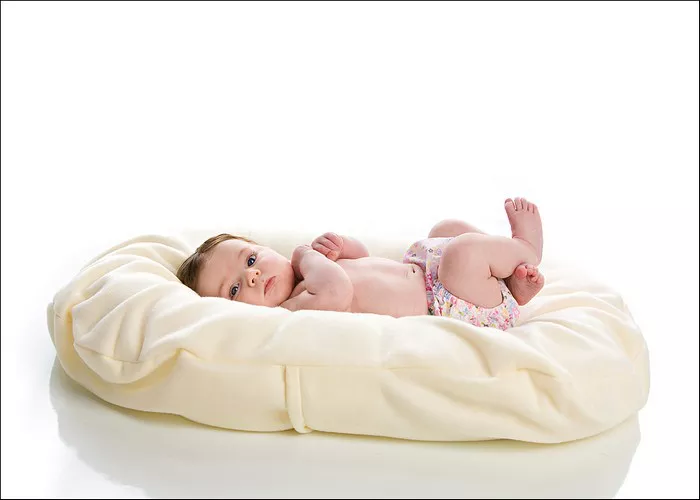Ensuring the safety of infants during sleep is paramount for parents and caregivers worldwide. With the multitude of baby products available, including the Snuggle Me Lounger, it’s essential to scrutinize their safety, especially concerning their use for sleep. This article delves into the safety considerations surrounding Snuggle Me Loungers and provides comprehensive guidance on safe sleep practices for infants.
Understanding the Snuggle Me Lounger:
The Snuggle Me Lounger is a popular choice among parents seeking a cozy and secure environment for their infants during sleep and lounging. Crafted with a unique contoured design, it envelops the baby, creating a womb-like sensation conducive to relaxation. Marketed as safe and constructed from organic materials free from harmful chemicals, the Snuggle Me Lounger aims to provide comfort and support for newborns and young infants.
Safety Concerns and Considerations:
Despite its touted benefits, several safety considerations must be taken into account when using the Snuggle Me Lounger or similar products for infant sleep:
1. Supervised Use: It’s imperative to emphasize that the Snuggle Me Lounger should always be used under direct adult supervision. While the design aids in keeping the baby in place, there remains a risk of suffocation if the infant’s face presses against the sides of the lounger.
2. Correct Positioning: Proper positioning within the lounger is critical to mitigate the risk of positional asphyxiation. Infants should be placed on their backs with their heads and necks adequately supported and free from obstruction.
3. Firm Surface Requirement: The Snuggle Me Lounger should exclusively be placed on a firm and flat surface. Avoid using it on soft bedding or other surfaces that may pose suffocation hazards.
4. Safe Sleep Environment: Adhering to safe sleep practices, such as maintaining a clear sleep area free from pillows, blankets, or toys, is essential when using the Snuggle Me Lounger.
5. Room Sharing vs. Bed Sharing: Parents often debate whether to use the Snuggle Me Lounger within their bed for co-sleeping. While some choose this option, it’s crucial to follow safe co-sleeping guidelines to minimize the risk of Sudden Infant Death Syndrome (SIDS). Room-sharing without bed-sharing is typically recommended by healthcare professionals.
6. Weight and Size Limitations: Parents must be mindful of the weight and size limitations of the Snuggle Me Lounger. It is designed for use with infants up to a specific weight limit, typically around 9-10 pounds. Once the baby surpasses this limit or begins to exhibit signs of rolling over, transitioning to a different sleep environment is necessary.
7. Regular Inspection: Routinely inspect the Snuggle Me Lounger for signs of wear or damage. Ensure that seams, stitching, and fabric integrity remain intact to guarantee the product’s safety.
8. Temperature Regulation: Preventing overheating is crucial when using the Snuggle Me Lounger. Dressing the infant appropriately for the room temperature and avoiding excessive blankets or clothing is essential to prevent overheating.
9. Manufacturer Guidelines Compliance: Always adhere to the manufacturer’s guidelines for the use and maintenance of the Snuggle Me Lounger. This includes following washing instructions and any specific recommendations for safe usage.
Exploring Alternatives:
While the Snuggle Me Lounger offers a cozy sleep environment for infants, exploring alternative options is prudent:
1. Traditional Cribs or Bassinets: Many parents opt for traditional cribs or bassinets with firm mattresses and breathable bedding to ensure a safe sleep environment.
2. Safe Co-Sleeping Practices: For families considering bed-sharing, adhering to safe co-sleeping practices, such as using a co-sleeper bassinet or bed-sharing products designed for safety, is essential.
Conclusion:
In conclusion, the safety of products like the Snuggle Me Lounger for infant sleep hinges on strict adherence to safety guidelines and best practices. While the lounger can offer comfort and support, safety should always be the top priority. By diligently following recommended safety measures, parents can create a secure sleep environment for their infants, promoting healthy sleep patterns and peace of mind. Additionally, exploring alternative sleep options ensures that parents can make informed decisions regarding their baby’s sleep safety and well-being.


